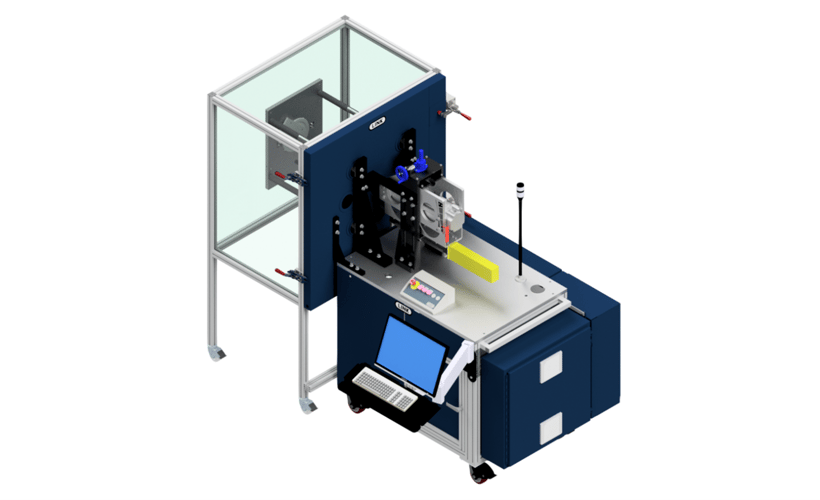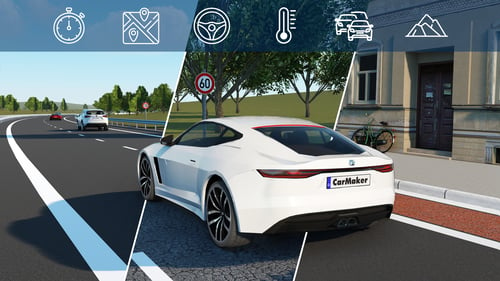Hardware-in-the-Loop
Hardware-in-the-Loop (HiL) testing enables engineers and designers to test and develop complex, real-time embedded systems, including critical (control) hardware from the vehicle. The HiL system can recreate the vehicle environment and dynamics by connecting real signals to the controller(s) installed on the test plant. The automotive model simulates the vehicle, the road, the environment, and the driver.
Key Features
- Execution of dynamic brake testing integrating vehicle hardware and functions (models) in real-time
- Integration of all four corners in the same test plant (setup) for axle-to-axle interactions
- Ability to change the test and vehicle model parameters during the test, e.g., the center of gravity, test mass, suspension kinematics, aerodynamics, road surface, road grade, and cornering
- ADAS testing with simulated vehicle sensors
- Main interface for the operator using the native ProLINK system
- Integrate vehicle controls, vehicle dynamics, and physical response (e.g., noise, wear, torque output, pedal pulsations, pedal feel) from the brake corner(s) in the same test
- Allows integration of vehicle modules as part of the test plant

Model-in-the-Loop
Model-in-the-Loop (MiL) enables the test engineer to incorporate the dynamic responses of the different chassis subsystems into dynamic braking using legacy or new brake dynamometers. With MiL, the test plant (test setup) includes computer models for the chassis dynamics, suspension, steering, tires, brake actuation, body aerodynamics, propulsion (with and without electric machines), and powertrain. Model-in-the-Loop testing can incorporate single or multiple LINK dynamometers, which operate and interact as the complete vehicle. Such test environments help you verify the braking system's behavior and response by interacting with models for the entire vehicle.
Key Features
- Assess interactions in real-time between the foundation brake(s) and the vehicle systems
- Early and rapid identification of the impacts of design changes using the automotive models via simulation, ahead of having the physical components available for testing
- Reduce development time and the costs of redesign by conducting front-loaded testing
- Minimize the additional complexity and costs typically associated with Hardware-in-the-Loop testing, which can be a second level of sophistication and integration of the test plant
- Dynamic friction and torque signals available to the automotive model such as; brake temperatures, dynamic friction coefficients, compliance and hysteresis of brake components, and tribological behavior inducing noise, vibration, harshness, corrosion, and brake emissions which influence the vehicle response and are not available for reliable modeling.


